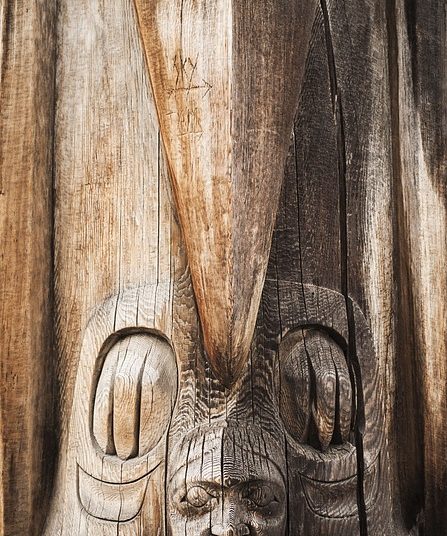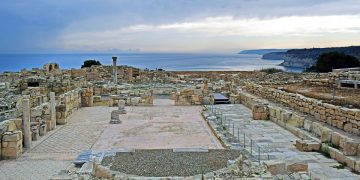The Cradle of Civilization: Exploring the Wonders of Mesopotamia
Mesopotamia, often referred to as the cradle of civilization, is a region in the Middle East that is considered one of the most important cultural and historical areas in the world. The name Mesopotamia comes from the Greek words “meso” meaning between and “potamos” meaning rivers, as the region is located between the Tigris and Euphrates rivers. This fertile land has been inhabited for thousands of years and is home to some of the earliest known civilizations in human history.
The History of Mesopotamia
Mesopotamia is known for being the birthplace of many important developments in human history, including the invention of writing, the wheel, and the first cities. The region was home to several ancient civilizations, such as the Sumerians, Babylonians, and Assyrians, who left behind a rich legacy of art, literature, and architecture.
One of the most famous archaeological sites in Mesopotamia is the city of Ur, which was the capital of the Sumerian civilization. Ur is known for its ziggurat, a massive stepped pyramid that was dedicated to the moon god Nanna. The city of Babylon, located on the banks of the Euphrates river, was another important city in Mesopotamia and was known for its Hanging Gardens, one of the Seven Wonders of the Ancient World.
Exploring Mesopotamian Culture
One of the most important aspects of Mesopotamian culture was its religion. The people of Mesopotamia believed in a pantheon of gods and goddesses who controlled the forces of nature and the destiny of humanity. They built temples and shrines to honor these deities and performed rituals and sacrifices to gain their favor.
Another important aspect of Mesopotamian culture was its art and architecture. The people of Mesopotamia were skilled craftsmen and created beautiful works of art, such as pottery, jewelry, and sculptures. They also built impressive structures, such as ziggurats, palaces, and city walls, that still stand today as a testament to their ingenuity and creativity.
Visiting Mesopotamian Sites
Today, visitors to Mesopotamia can explore the ruins of ancient cities and temples and learn about the history and culture of this fascinating region. Some of the most popular sites to visit include the ziggurat of Ur, the ruins of Babylon, and the city of Nineveh, which was the capital of the Assyrian empire.
Visitors can also visit museums in the region that display artifacts and relics from ancient Mesopotamia, such as pottery, jewelry, and cuneiform tablets. These museums offer a glimpse into the daily life and beliefs of the people who lived in this region thousands of years ago.
Common Questions About Mesopotamia
What is Mesopotamia known for?
Mesopotamia is known for being the birthplace of civilization and for its contributions to human history, such as the invention of writing, the wheel, and the first cities.
How old is Mesopotamia?
Mesopotamia has been inhabited for thousands of years, with evidence of human settlement dating back to at least 10,000 BCE.
What are some famous sites in Mesopotamia?
Some famous sites in Mesopotamia include the ziggurat of Ur, the ruins of Babylon, and the city of Nineveh.
Conclusion
Exploring the wonders of Mesopotamia is a fascinating journey through time and a chance to learn about one of the most important regions in human history. From the ancient ruins of Ur to the impressive ziggurats of Babylon, there is so much to see and discover in this cradle of civilization. Whether you are interested in history, archaeology, or culture, Mesopotamia has something to offer everyone.
So, pack your bags and prepare to embark on an unforgettable adventure to Mesopotamia, where the past comes alive and the wonders of the ancient world await.












